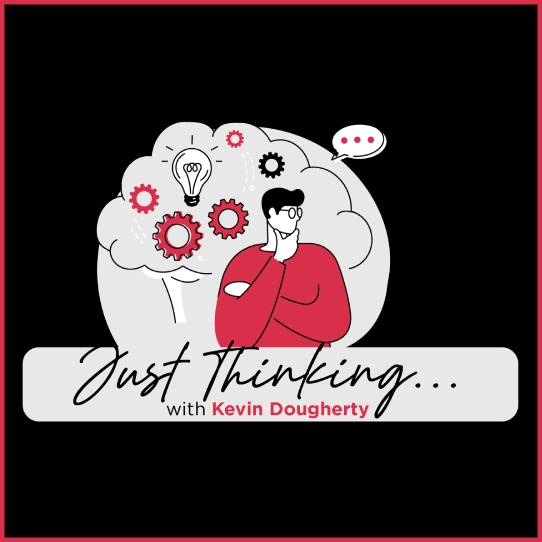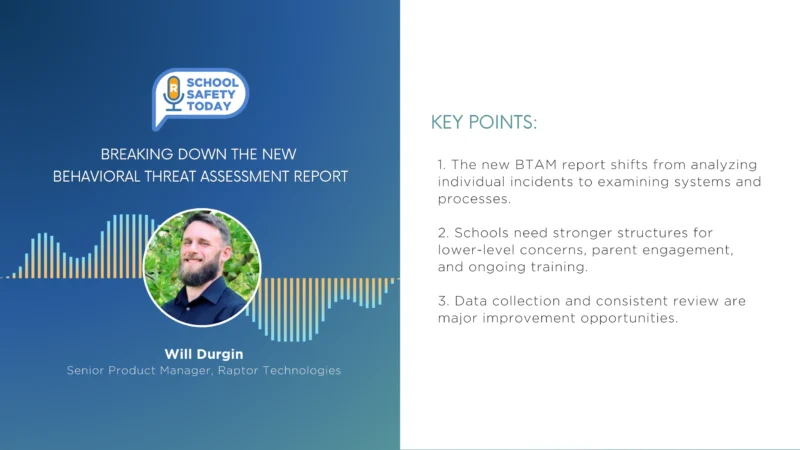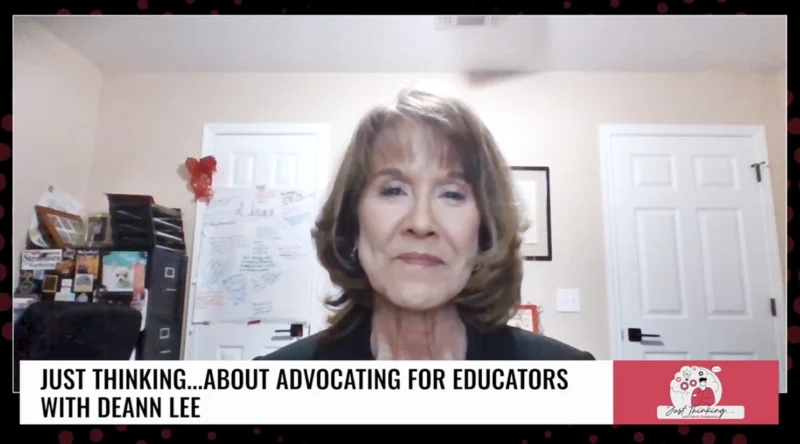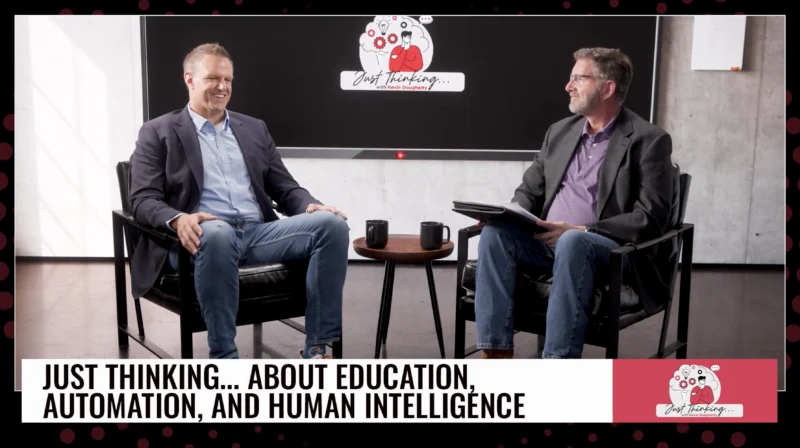Using Data for Continuous Improvement in Student Learning and Development
As school districts across the country navigate growing student populations and changing educational needs, many are turning to innovative solutions to drive progress. In Texas, the Northeast Independent School District (ISD) is leading the way by implementing School Improvement Plans (SIPs) and District Improvement Plans (DIPs) through the Plan for Learning platform. With 70 campuses and nearly 60,000 students, the district faces unique challenges in aligning educational strategies and meeting diverse student needs.
How can a large district like Northeast ISD effectively manage such wide-scale initiatives while keeping pace with the ever-changing needs of its students?
In this episode of Just Thinking, host Kevin Dougherty, speaks with Kellye Dear, Director of Federal Programs for Northeast ISD. Together, they explore how the district has embraced continuous growth and what lessons other districts can learn from their experience.
Key Takeaways:
- Data-Driven Planning: Northeast ISD uses the Plan for Learning platform to create dynamic, data-driven improvement plans that are continuously updated to reflect the evolving needs of students across the district.
- Scaling Across 70 Campuses: The district successfully implemented improvement strategies across 70 campuses by taking an incremental approach, ensuring plans are tailored to the specific challenges and strengths of each school.
- The Role of Professional Learning: Professional learning has been key to the district’s success, equipping educators with the skills to interpret data and engage meaningfully in the continuous improvement process.
Kellye Dear, Director of Federal Programs for Northeast ISD, has led the district’s efforts to implement data-driven improvement strategies. Her experience in overseeing federal programs and ensuring compliance has helped the district develop a culture of continuous growth and alignment across its schools.




